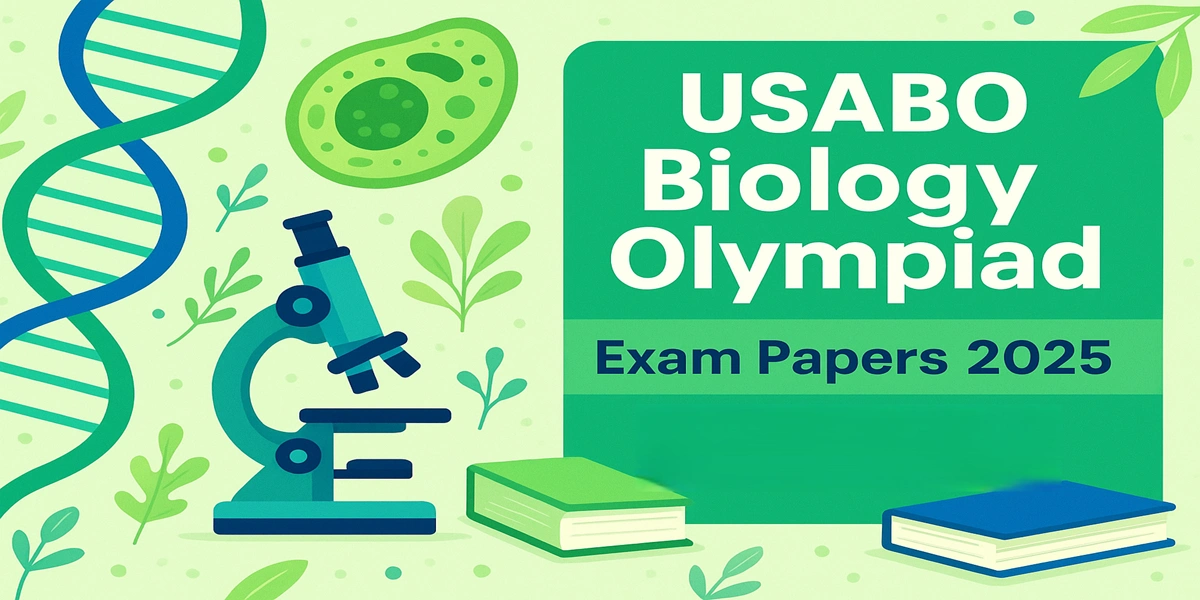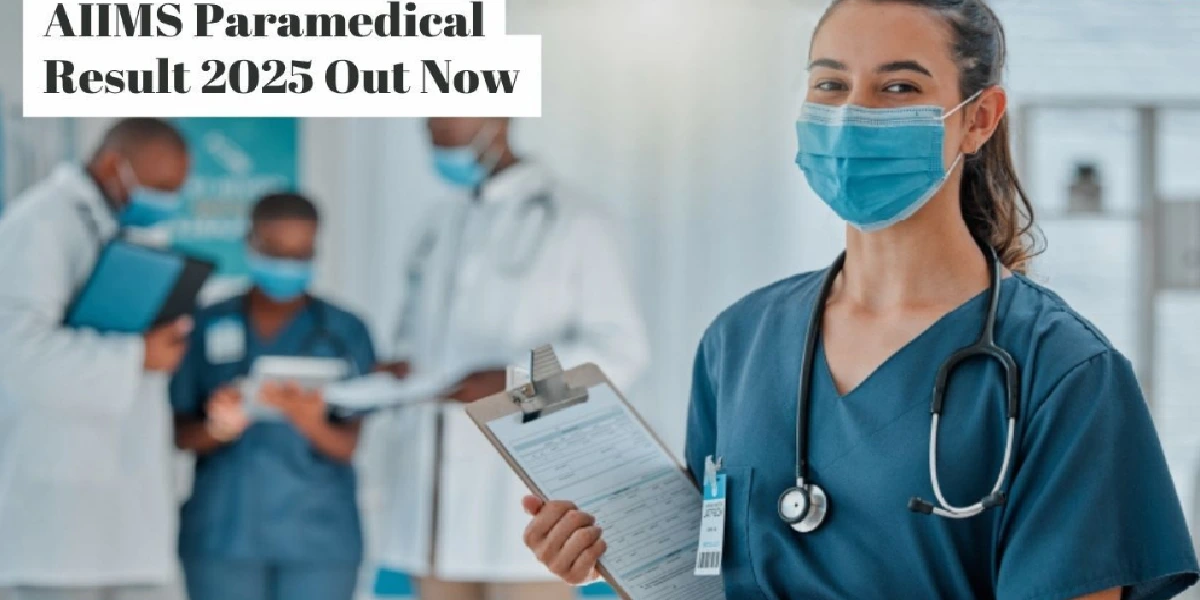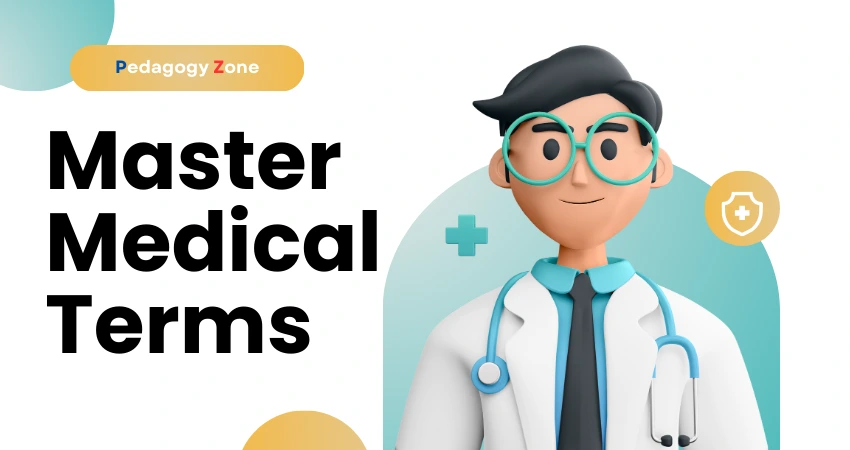Drugs can bind either through plasma proteins or blood cells :
Binding of Drugs to Plasma Proteins : In systemic circulation drug interacts with plasma and blood components (plasma proteins, blood cells and haemoglobin). In blood compartment, drugs mainly interact with plasma which is found abundantly. Plasma protein reversibly binds to blood.
Order of binding of drugs to different plasma proteins is albumin > glycoprotein > lipoproteins > globulins.
Human Serum Albumin : Human Serum Albumin (HSA, molecular weight 65,000 ) is most abundant plasma protein (59% of total plasma and 3.5 to 5.0%) having high drug binding capacity. The therapeutic doses of most of the drugs are relatively much smaller and their plasma concentration does not normally achieve equimolar concentration with human serum albumin.
Human serum albumin has the property of binding to several compounds of varied structures, of both endogenous origin (e.g., fatty acids, bilirubin and tryptophan) as well as exogenous origin (e.g., drugs, weak acids, neutral compounds to weak bases, etc.).
Drugs bind to any of four binding sites on the HSA :
Site-I : It is also named as warfarin and azathioprine binding site. Maximum number of drugs is bound in this region, e.g., several NSAIDs (phenylbutazone, naproxen, and indomethacin), sulfonamides (sulfadimethoxine, sulfamethizole), phenytoin, bilirubin sodium, and valproate.
Site-II : It is also known as the diazepam binding site. Drugs like benzodiazepines, medium chain fatty acid, ibuprofen, ketoprofen, tryptophan, cloxacillin, probenecid, etc. bind at this site.
Site-III : It is also called as digitoxin binding site.
Site-IV : It is tamoxifen binding site.
α1 – Acid Glycoprotein (Orosomucoid) : The molecular weight of α1-acid glycoprotein is about 44,000 and its plasma concentration is ranging between 0.04 to 0.1gm%. Many basic drugs bind to it, e.g., propranolol, quinidine, disopyramide, imipramine, amitriptyline, nortriptyline, and lidocaine.
Lipoproteins : Drugs bind to HSA and AAG through hydrophobic bonds. Hydrophobic binding occurs only with lipophilic drugs, but due to high lipid concentration lipoproteins may also bind to these drugs. Lipoproteins concentration is lower than HSA and AAG.
Globulins : Many plasma globulins are recognised and are labelled as α1,α2,β1, β2 and, γ-globulin :
α1 -Globulin : This globulin is also known as transcortin or CBG (corticosteroid binding globulin). It binds to γ number of steroidal drugs, e.g., cortisone and prednisone, as well as thyroxine and cyanocobalamin.
α2-Globulin : This is also called as ceruloplasmin, and binds to vitamins A D,E and K and cupric ions.
β1-Globulin : It is named as transferring, and binds to ferrous ions.
β2-Globulin : Binds to carotenoids.
Globulin : Binds specifically to antigens.
Binding of Drugs to Blood Cells : In blood more than 40% are blood cells, in which RBC constitute 95% of the total blood cells. Therefore drug and RBC binding is important. The diameter of RBCs is 500 times more than the major plasma protein binding component albumin. All the three components of RBC can bind to drugs.
Haemoglobin : Molecular weight of haemoglobin is 64,500, almost equal to HSA, but in blood its concentration is 7-8 times of albumin. Phenytoin, pentobarbital and phenothiazines etc. bind to haemoglobin.
Carbonic Anhydrase : Acetazolamide and chlorthalidone (carbonic anhydrase inhibitors) bind to it.
Cell Membrane : Imipramine and chlorpromazine bind to RBC membrane. Lipophilic drugs (e.g., phenytoin) have greater rate and extent of entry into RBC. Hydrophilic drugs, e.g., ampicillin do not enter RBC.
| Read More Topics |
| Factors affecting drug distribution |
| On the basis of physical properties of drugs |
| Introduction and nature of drugs |
| On the basis of drug source |





